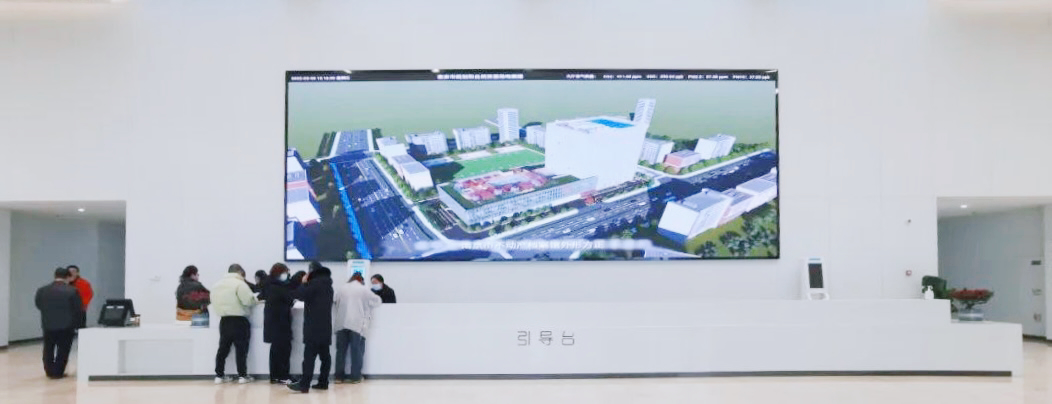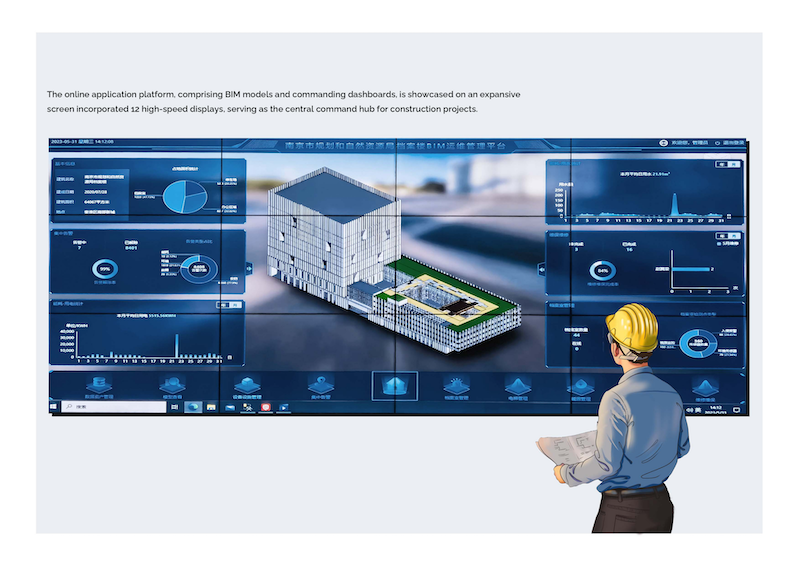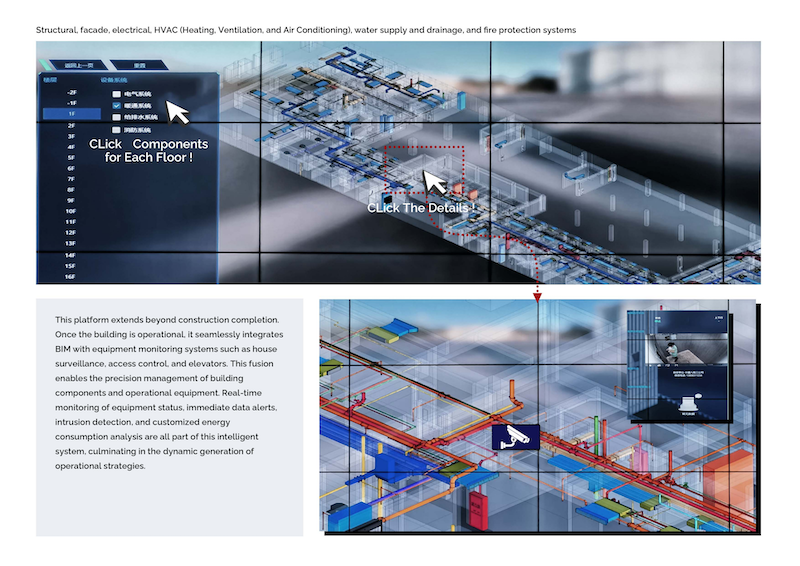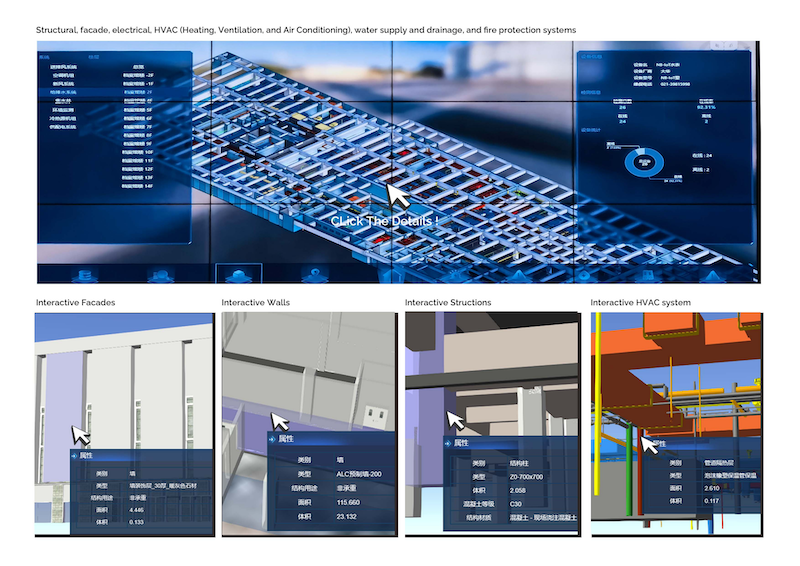SPATIAL INSIGHTS
DIGITAL TWIN FROM DESIGN AND CONSTRUCTION TO BUILDING OPERATIONS
Nanjing, China
Oct 2021 – Present
Work As Assistant Project Manager
Selected Interfaces With Untrue Data




This project focuses on harnessing the power of digital twins to revolutionize the way buildings are managed, from design and construction to ongoing operation and maintenance. By integrating advanced spatial data processing techniques and seamless platform applications, the project aims to enhance efficiency, optimize resource utilization, improve safety and security measures, and foster sustainability in the built environment. Through data-driven insights and predictive analytics, stakeholders can make informed decisions, leading to cost savings, enhanced occupant comfort, and long-term resilience.
Spatial Data Processing: Enhancing Accuracy and Speed
Spatial data analysis forms the backbone of digital twin projects, facilitating comprehensive understanding and visualization of physical spaces. To ensure the accuracy and reliability of data, advanced preprocessing functions are employed. These functions encompass spatial reference checking, graphics topology checking, and spatial position correctness checking. By meticulously scrutinizing spatial data, inconsistencies and errors can be identified and rectified, laying a robust foundation for subsequent analysis and modeling. Moreover, spatial data lightweight processing techniques are utilized to optimize data loading speed without compromising accuracy. As a result, the digital twin platform can handle vast amounts of spatial data with ease, facilitating real-time updates and seamless integration with other systems.
Platform Application: From Design to Operation
The utility of digital twins extends throughout the entire lifecycle of a building, from its initial design and construction phases to its ongoing operation and maintenance. One of the distinguishing features of advanced digital twin platforms is their capability to monitor building operations in real-time post-construction. This continuous monitoring ensures that the building functions optimally and any anomalies are promptly addressed. The integration of Building Information Modeling (BIM) with equipment monitoring systems, such as house surveillance, access control, and elevators, enhances the precision management of building components and operational equipment. Real-time monitoring allows for immediate detection of equipment status, with data alerts triggering proactive maintenance measures.
Seamless Fusion for Dynamic Operational Strategies
The seamless fusion of BIM with equipment monitoring systems in digital twin platforms enables the dynamic generation of operational strategies. By leveraging real-time data and analytics, building managers can devise adaptive maintenance schedules, optimize energy consumption, and enhance occupant comfort and safety.





